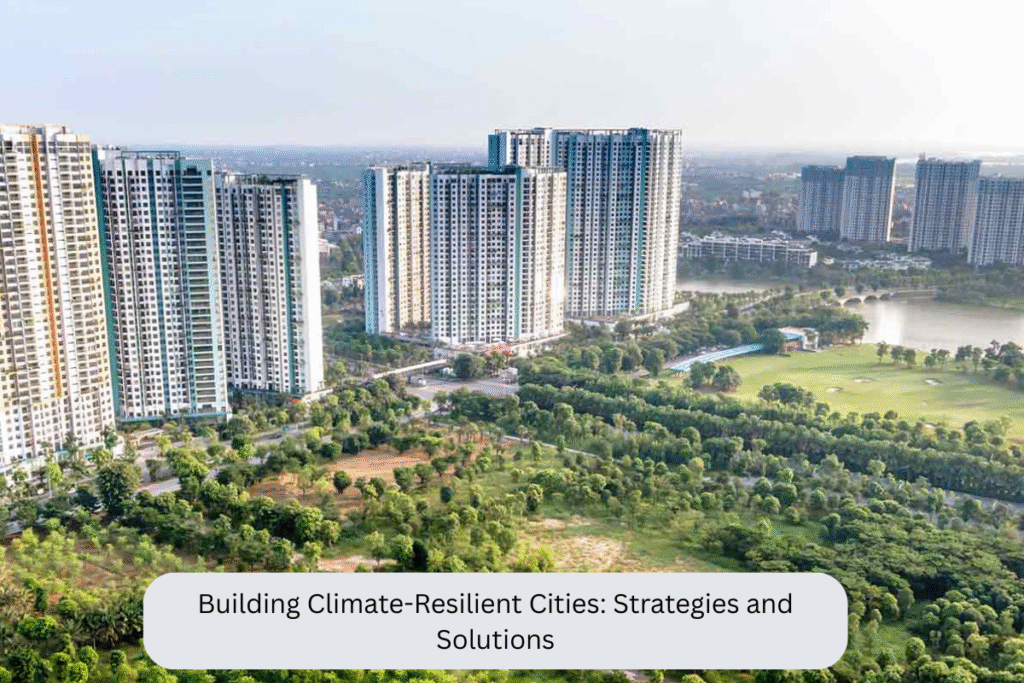
As climate change continues to impact cities around the world, building climate-resilient cities has become more urgent. Cities face threats such as rising sea levels, extreme heatwaves, and flooding. In this article, we discuss the strategies and solutions cities can implement to become climate-resilient and thrive in the face of climate change.
Key Strategies for Climate-Resilient Cities:
- Green Infrastructure: Incorporating green roofs, parks, and permeable surfaces to absorb water and reduce the urban heat island effect.
- Flood Management: Building levees, dams, and wetlands to mitigate flooding and protect infrastructure.
- Energy-Efficient Buildings: Implementing energy-saving technologies in buildings to reduce energy use and enhance climate resilience.
FAQs:
1. What does it mean to build a climate-resilient city?
A climate-resilient city integrates sustainable practices to reduce its vulnerability to climate impacts while adapting to future challenges.
2. What role does green infrastructure play in climate resilience?
Green infrastructure like urban forests, parks, and green roofs helps reduce flooding, lower temperatures, and improve air quality in urban environments.
3. How can cities reduce their carbon footprint?
Cities can reduce their carbon footprint by implementing energy-efficient buildings, promoting public transport, and investing in renewable energy.
4. What is the cost of climate resilience?
Investing in climate resilience can be costly, but the long-term benefits of protecting infrastructure, reducing climate-related damages, and improving quality of life far outweigh the initial costs.
5. Can small cities be climate-resilient?
Yes! Even smaller cities can implement affordable, scalable solutions such as sustainable agriculture and local energy systems to improve resilience.
